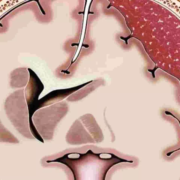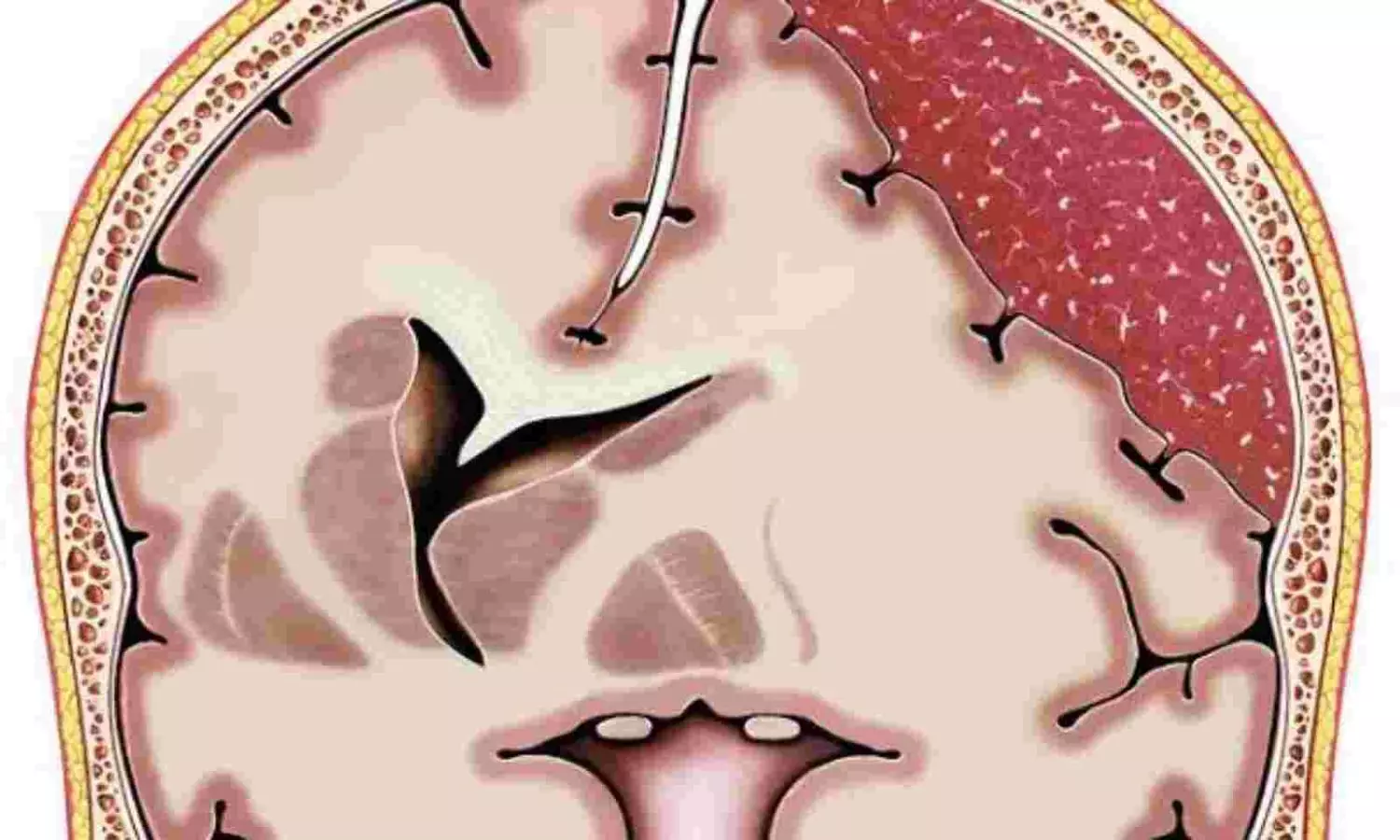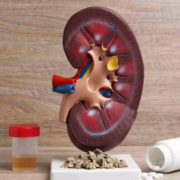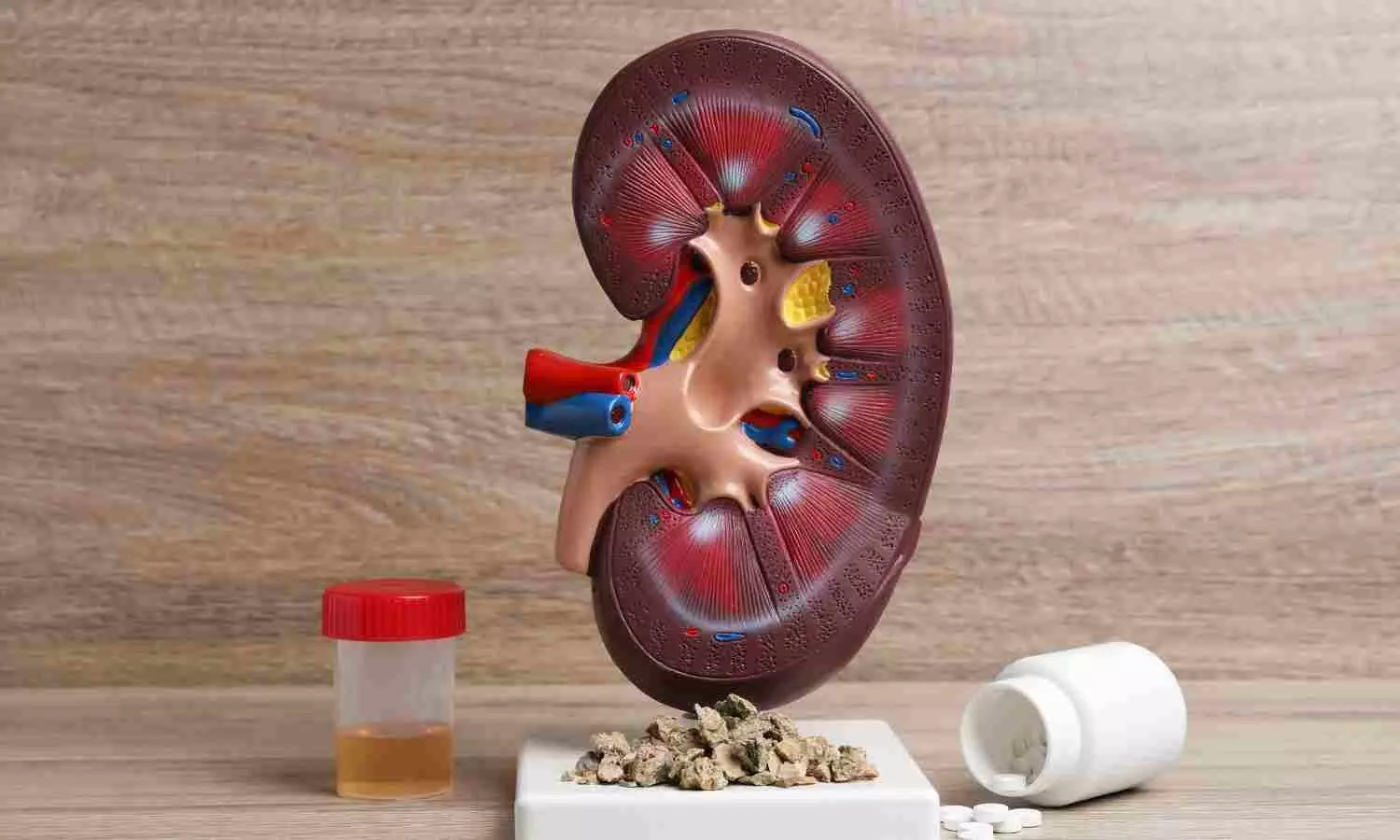New Findings on Clopidogrel and CABG: 3-Day Gap Before Surgery Matches 5-Day Wait for Safety

USA: In a recent study published in The Annals of Thoracic Surgery, researchers explored the effects of preoperative clopidogrel on the outcomes of isolated coronary artery bypass grafting (CABG). This analysis provides new insights into the role of clopidogrel, a commonly used antiplatelet medication, in CABG surgery.
The study found that undergoing CABG within five days of clopidogrel use is linked to a modest rise in operative mortality and the need for re-exploration due to bleeding, as well as a significant increase in blood product utilization.
“The risks associated with clopidogrel decrease as the interval between discontinuation and surgery lengthens, stabilizing after three days. Consequently, performing CABG three days post-clopidogrel offers similar outcomes to waiting five days, potentially shortening the optimal waiting period,” Juan A. Crestanello, Department of Cardiovascular Surgery, Mayo Clinic, Rochester, Minnesota, and colleagues wrote.
Clopidogrel is frequently administered to patients undergoing cardiovascular procedures to prevent thrombotic events. Its use before CABG is intended to reduce the risk of postoperative complications such as graft occlusion and myocardial infarction. The researchers aimed to analyze the Society of Thoracic Surgeons Database to investigate risks and optimal timing for coronary artery bypass graft after clopidogrel administration.
For this purpose, patients were grouped according to their use of clopidogrel within five days before surgery and further divided based on the number of days since their last dose (ranging from 0 to 5 days). The control group consisted of patients who did not receive clopidogrel within five days of the operation.
The primary outcome measured was operative mortality, while secondary outcomes included the need for mediastinal re-exploration due to bleeding and the amount of blood products used.
The following were the key findings of the study:
- Among 148,317 isolated CABG, 13.2% received clopidogrel within five days.
- Minimal differences in operative mortality (2.8% versus 2.1%), higher rates of mediastinal re-exploration (3.5% versus 2.1%), and blood product utilization (72.7% versus 56.8%) were in the clopidogrel group.
- The adjusted odds ratio of operative mortality peaked on the day of clopidogrel administration but was comparable to controls after that.
- The odds of re-exploration were highest on day 0, decreasing gradually to a plateau after day 3.
- Patients operated on day 3 after clopidogrel administration had similar odds of operative mortality and mediastinal re-exploration for bleeding and shorter total and preoperative length of stays but higher blood product utilization compared to day 5.
CABG within five days from clopidogrel — increased bleeding, mortality, transfusion, risk of mortality, and bleeding decreases over time, plateauing after three days, the researchers concluded.
Reference:
Choi, K., Schaff, H. V., Villavicencio, M. A., Dearani, J. A., Stulak, J. M., Greason, K. L., Spadaccio, C., Todd, A., & Crestanello, J. A. (2024). Effect of preoperative clopidogrel on outcomes of isolated coronary artery bypass graft. The Annals of Thoracic Surgery. https://doi.org/10.1016/j.athoracsur.2024.07.013
Powered by WPeMatico



















